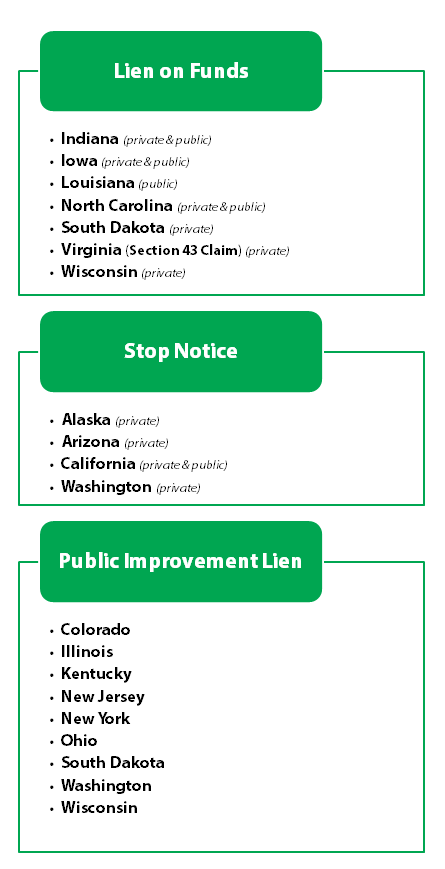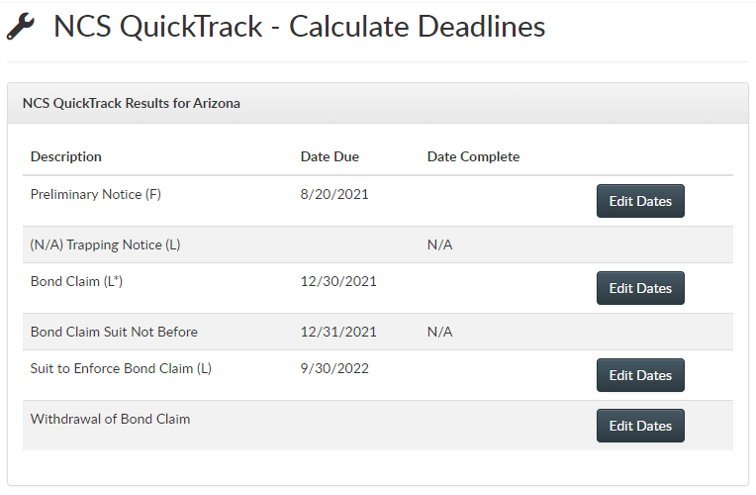
Collections, Collections, Collections
It doesn’t matter how it’s said or how often it’s said, the word “collections” often elicits a negative reaction. In fact, a cringe followed by an eye roll and loud sigh is one of the most common reactions. This cringe-eye-roll-sigh we experience is typically due to an unfortunate & frustrating experience…
“I have hired collection agencies in the past. They were difficult to deal with, the fees were out of control and our money was rarely recovered.”
What can you do to make the collections process less painful for your credit teams? Why is it important to partner with the right agency? What can you do to reduce the need for collection services altogether?
Before we tackle these questions, let’s define the 3 common steps that lead to a need for collection services:
- Extend credit to your customer
- Your customer doesn’t pay within agreed upon billing terms
- You spend the next few months frustrated over endless phone calls and broken promises
Yes, this is an oversimplification and you don’t need me to tell you the steps, because we (you and I) know you have encountered this time and time again.
What Can You Do to Make the Collection Process Less Painful?
If you find yourself staring at your phone, loathing the idea of calling on past due accounts, make sure you have everything about your customer at the ready, before making the call. Review the history of the account, have copies of open invoices available. Make sure you know whether or not this is typically a slow-paying customer, have they made payment arrangements and failed to keep the arrangements, have you limited their credit because of their inability to pay timely.
It’s also important to not wait until the 11th hour to start contacting your customer, the longer an account remains unpaid, the harder it is to collect. I recommend you make a collection schedule and more importantly, stick to it.
Here is an example of a schedule:
30 Days Past Due
Call your customer and simply ask when you can expect payment for the open invoice
Asking a simple question like “Could you please tell me when invoice #4619661 will be paid?” is likely to be perceived as a “check-in” call and your customer may provide insight as to why the invoice is past due.
Based on the information your customer provides, you may find the invoice “got lost” or you may find you will need to be more straightforward.
*DON’T let your customer off the phone without getting a firm pay date; setting an expectation and then following through to ensure that expectation is met makes your customer accountable, but it also makes you accountable, which limits the number of accounts that slip through your fingers.
45 Days Past Due
Call your customer, if verbal negotiations are a struggle, send a demand letter
Demand letters can do wonders in prompting payment. Make sure your demand is clear: include the dollar amount outstanding, the date you expect payment and what the consequences will be if payment is not received. (i.e. “If we do not receive the payment within 10 days of receipt of this letter, we will have no choice but to proceed with the next legal action…”)
60 Days Past Due
Call your customer with a final warning; place account with a collections agency
Once the date set forth in the demand letter has come and gone, it’s time to provide one last opportunity to your customer and then place the account with an agency – after all, you have more than one customer to keep tabs on.
The longer an account is held, the less likely it is that it will be recovered. If payment or a payout is not arranged within 90 days, place the claim with a collection agency.
Why It’s Important to Partner with the Right Collection Agency
Selecting a collection agency is not usually a pleasant or easy process. But, when extending credit, it’s a necessity. When it is time to outsource to a collection agency, make a list of the qualities you would like the agency to have.
For example, some companies are interested in collection agencies that are more persistent, aggressive and forceful, while other companies prefer agencies that adopt a straightforward, professional business-like attitude, with willingness to negotiate. Or, you may wish to choose an agency that will tailor their approach to your circumstances.
It’s also important to ask about the fee structure and have a clear understanding of the steps the agency will take on your behalf.
What You Can Do to Reduce the Need for Collection Services
The answer to this question is easy: secure your receivables! Utilize the UCC process or the Mechanic’s Lien process to ensure you are a secured creditor. As a secured creditor you have leverage, backed by law, which often makes getting paid easier.











